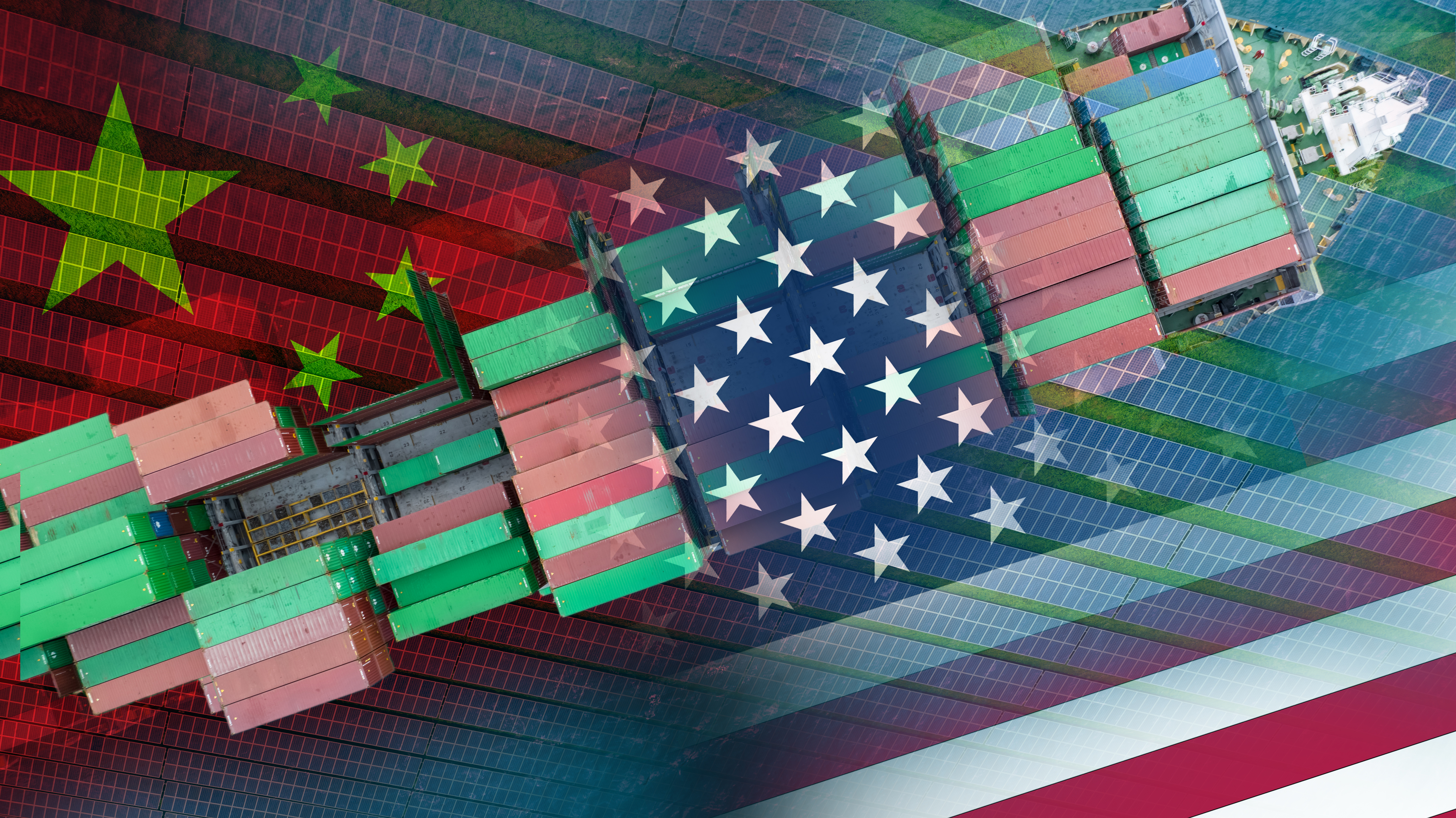This article was co-authored by Micheal McVey and Dustin Williamson.


This article was co-authored by Micheal McVey and Dustin Williamson.

Members of the vcfo team were honored to attend the EY Entrepreneur Of The Year® 2025 Gulf South Awa...

Dustin Williamson, Managing Director of vcfo Houston, was featured on The Exit Plan podcast to share...

Tariffs and Trade Tension: What You Should Be Asking (and Doing) in Your Business CEOs vary widely i...

When Walking Away is a Win: The Hidden Risks in Energy M&A Dustin Williamson, vcfo’s Managing Direct...

This article was co-authored by Carter Freeman, Merle Waterman, and Jens Mobius.